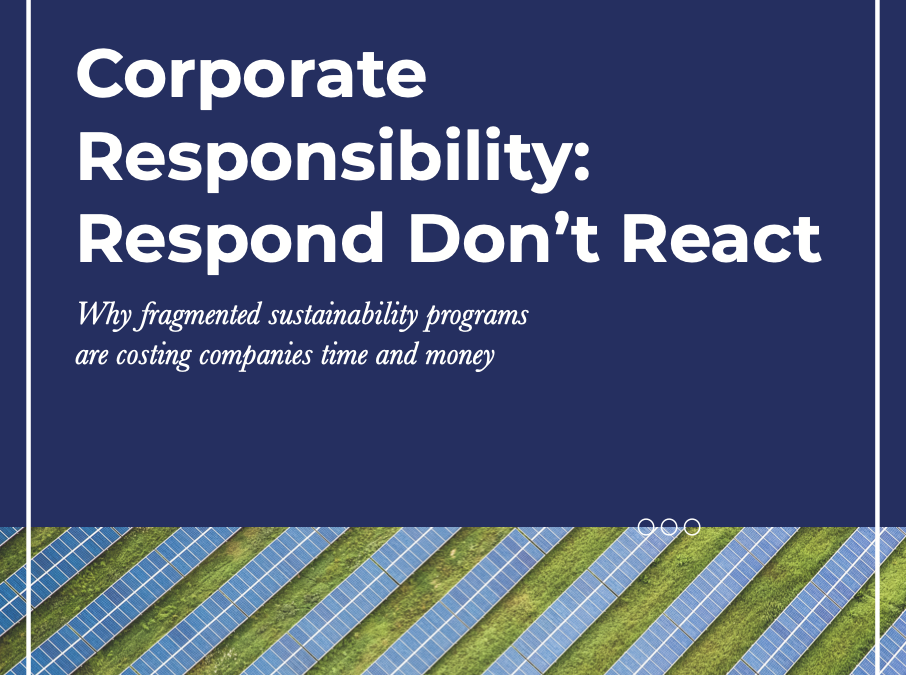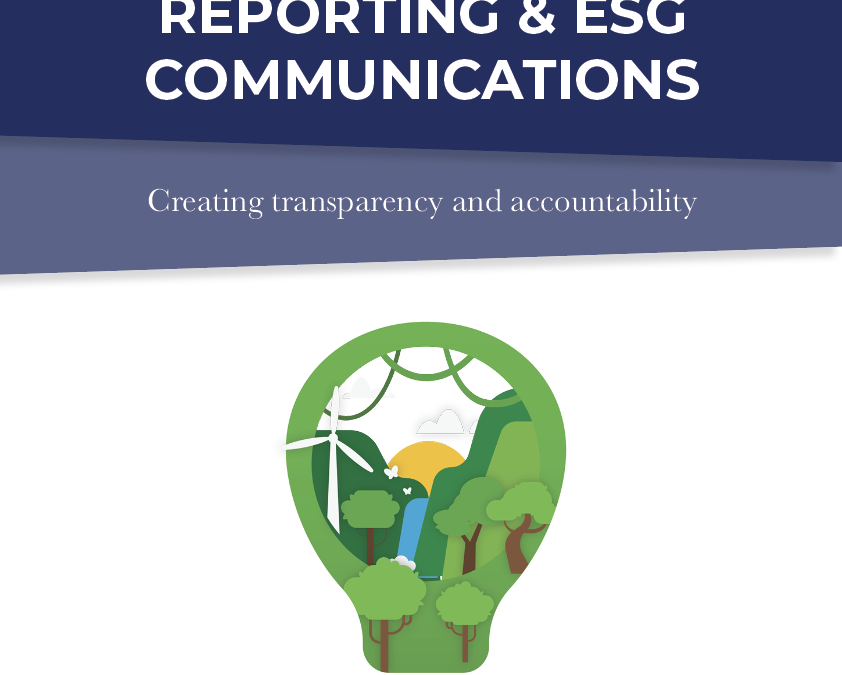Download: How to Manage the ESG Messaging Maze
When it comes to ESG, midmarket companies find themselves in a messaging game of hide and seek. Meeting reporting requirements from customers and answering calls from employees and investors, they must also avoid the impression that they prioritize environmental or social causes rather than addressing issues that are material to the business.
Communicating about ESG was challenging from the start. Fragmented language, evolving frameworks and standards, and varied goals led to an avalanche of acronyms and furrowed brows as corporations and investors sought appropriate metrics and messages.
According to a review of media exposure, the term ESG saw a stratospheric rise in attention over two years, leaping from about 5 million media mentions in 2022 to over 8 million in 2023.
While negative sentiment around the term rose in that time, positive sentiment also ticked up. And importantly, the majority of visibility carries a neutral tone: ESG may simply not be as polarizing as the news cycle would have stakeholders believe.
Similar terms became more prominent as well, with “corporate responsibility” and “corporate sustainability” increasing share of voice and showing positive sentiment.
But how do you choose words wisely? Organizations must select terminology that best reflects their efforts while balancing the risk of participating in a politically charged dialogue. There is no simple answer, and each organization should take a thoughtful approach.
1. Be Fact-Based and Transparent
There is a common tug-of-war about what is “safe” for a company’s brand and what is “real” in terms of a company’s current state and its progress over time. Transparency wins the battle. Stakeholders want to know the truth about how the business manages operational risk and its potential impact on the world.
Companies are rewarded for authenticity in the long run: conduct a materiality assessment, trust the data, and communicate about the real issues and your plan to address them.
2. Respect your Audiences
The drive for improved sustainability and human capital management touches a growing number of audience segments. It’s important to map out the various groups in your ecosystem, including customers, shareholders, employees, vendors, and many others.
Create a matrix of goals, preferences, trends, and risks. This will identify common ground across groups – a baseline for consistent communications.
3. Know your Peers’ Approach
While it is critical to relay information without exaggeration or marketing “spin,” understanding what peers and competitors are up to can, in part, guide your communications focus. The artful approach involves selecting themes on which a company:
-
- Can connect the dots with the overarching company positioning
- Can convey authentic achievements or goals, and
- Can differentiate from the field while speaking directly to audience concerns.
4. Listen and Adapt
Regularly listening to the full spectrum of your ecosystem allows you to keep your finger on the pulse and be in a better position to move to the right next step. Teams can stay in touch using a number of tools, including periodic surveys, internal affinity groups, and corporate communications vehicles such as newsletters and investor presentations.
It adds up to a complex exercise, and knowing where to start can be challenging. You can reach out to our team with questions and be sure to download our guide on How to Manage the ESG Message: authentic communications that speak to stakeholders.



